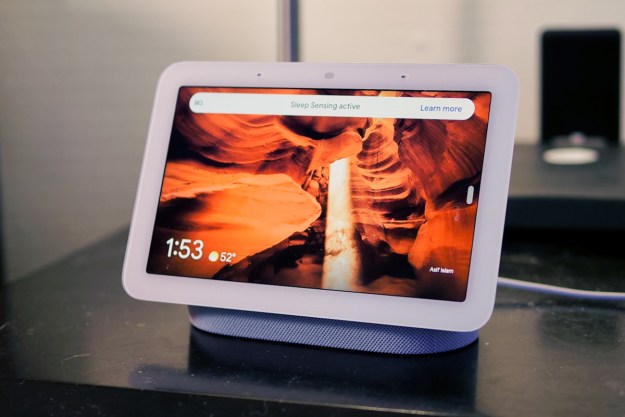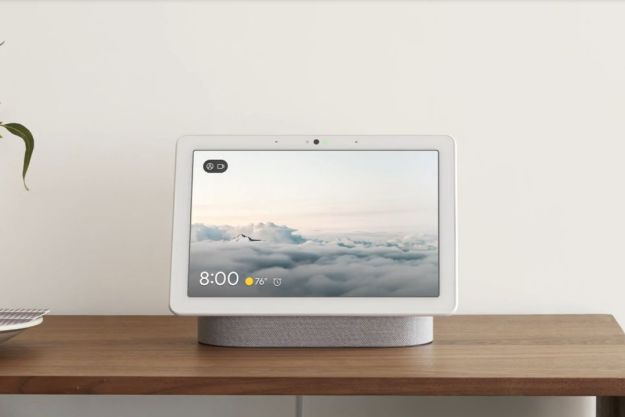Amazon’s latest Echo speaker sports a reimagined design and impressive new features. From cylinders to spheres, the latest Echo is bigger and rounder, totally ditching the look of the last three generations. We gain a second 0.8-inch tweeter (both front firing), a bigger soundstage, Zigbee smart controls, Sidewalk Bridge certification, and more. Amazon went all out with the latest Echo deals — but is it as good as the flagship Echo Studio?
If you own an Echo Studio, should you want to upgrade to a fourth-generation Echo? If you’re in the market for the latest Echo, should you drop the extra $100 for the Studio? To help you decide, let’s take a closer look at both.
Size
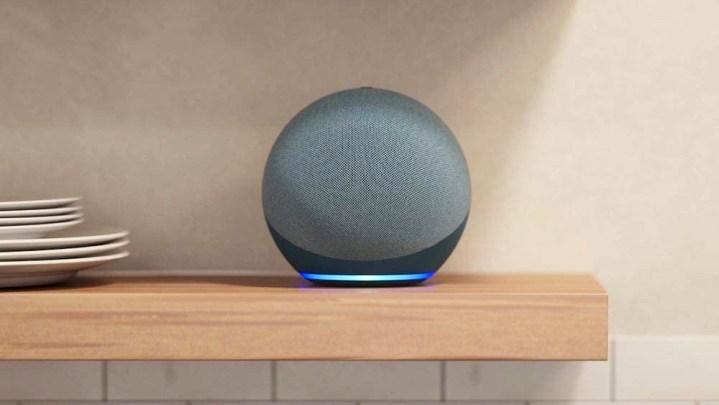
The fourth-generation Echo takes on a new spherical shape. It sits at 5.2 inches tall, and it has a diameter of 5.7 inches. The Echo Studio keeps the cylindrical shape of previous Echo generations and is much larger than the Echo 4 at 8.2 inches tall and 6.8 inches in diameter.
Aesthetic
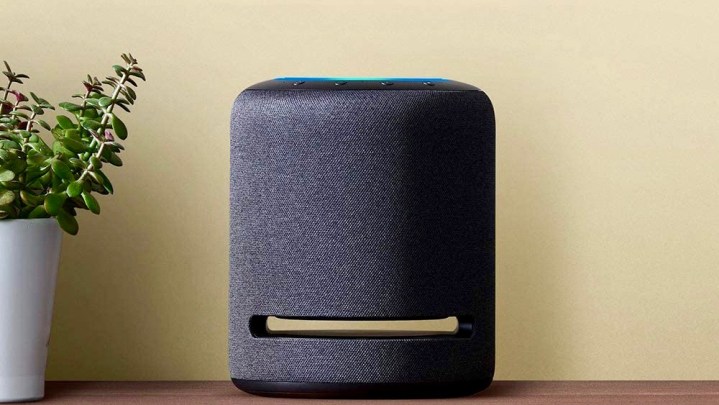
Both devices have a similar fabric design, but they have a vastly different overall aesthetic appeal.
The Echo 4 comes in three colors: Charcoal, Glacier White, and Twilight Blue. It has an LED ring around the base of the speaker, and it has a volume up button, volume down button, action button, and microphone off button on top of the device.
The Echo Studio comes in charcoal gray, and it has a small cutout portion on the bottom part of the device to help it deliver better sound. The LED status ring is not around the circumference, but rather sits around an inner ring. The four buttons (volume up, volume down, action, and mic off) sit right in a row outside of the status ring.
Sound

Sound quality is perhaps one of the most noticeable differences between the Echo Studio and most other Echo devices. But this time around, the classic Echo gets as close to the Studio’s top-notch performance as possible. On paper, at least. We’ve yet to hear the latest Echo in action but will report back as soon as we do.
The Echo 4 has the same sound specifications as the Echo 3: A 0.8-inch woofer, a 3-inch tweeter, and Dolby processing. There’s also a port for a 3.5mm jack so you can connect an external speaker. Where the Echo 4 takes a step forward from years past is the addition of sound optimization, a staple feature of the Echo Studio. The new Echo will automatically calibrate sound based on its surroundings, delivering the biggest and best-quality audio no matter where the speaker is placed.
But the Echo Studio has a ton of hardware to brag about and still several other sound advantages over the traditional Echo.
For starters, the Studio has five speakers: A 1-inch tweeter, three separate 2-inch midrange speakers, and a 5.25-inch woofer. The Studio also includes Dolby Atmos processing for multidimensional surround sound. The Echo Studio can play music in the 3D audio format, so customers with a subscription to Amazon Music 3D can listen to music in HD audio. The Studio is designed to optimize sound based on the room (as borrowed by the Echo 4), and the Studio has a port for a 3.5mm jack like the Echo, but it also has a digital optical port.
Features
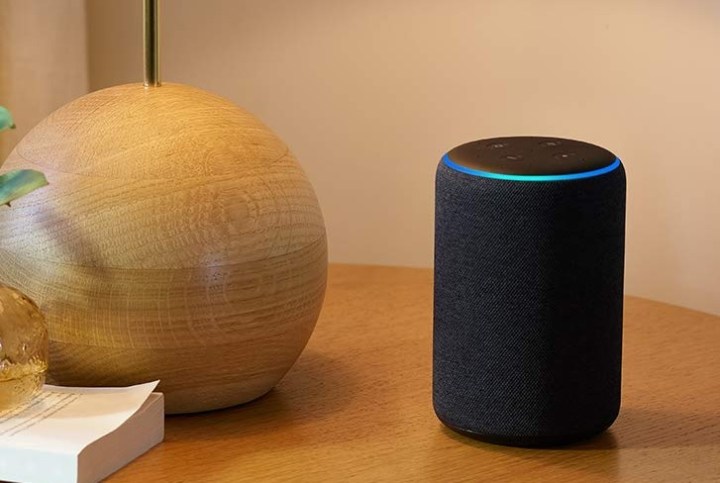
Both the Echo 4 and the Echo Studio are powered by Alexa. You can ask the virtual assistant questions, voice-control your smart home devices, set routines, listen to music, get the news, play games, and so much more.
Both the Echo 4 and Echo Studio can also be used as Zigbee hubs (new to the standard Echo). This means you can control compatible devices without the need for a separate hub. And, while many smart home devices technically don’t require a hub to operate and you can use the Alexa app to set routines, having a hub takes a load off your network while also making your devices work better in harmony.
One Echo 4 exclusive is Amazon Sidewalk bridging abilities. Amazon Sidewalk (rolling out later this year) is Amazon’s attempt at community Wi-Fi expansion by way of Bluetooth frequencies and radio waves. When Sidewalk goes live, the Echo 4 will be capable of broadcasting a Sidewalk signal through your neighborhood — a feature shared with the new Echo Show 10, Ring Spotlight Cam, and Ring Floodlight Cam.
The Echo Studio and older Echo speakers will be able to tap into local Sidewalk connections (once Amazon issues a Sidewalk software update), but will not be capable of beaming out Sidewalk.
Price and warranty
The new fourth-generation Echo will hit stores on October 22, and you can pre-order it for $100. The Echo Studio costs double, at $200. No matter which Echo you choose, you automatically get Amazon’s limited one-year warranty. From there, you can choose to add on a one, two, or three-year protection plan to cover all of your bases.
Which Echo is best?
We have to vouch for the Echo Studio in terms of sound quality, just going off previous generation Echos since we haven’t heard the latest yet. Amazon designed the Studio from the bottom up for improved sound-staging, and you can’t beat Dolby Atmos. If you’re interested in the best sound, our bets are on the Echo Studio.
The Echo 4 is not a sub-par smart speaker by any means. It boasts the same interactive tech as the Studio, along with Sidewalk broadcasting, all for $100 less. If you’re not too concerned with having amazing audio playback, then you’ll want to choose the Echo 4 instead.
Editors' Recommendations
- The most common Echo Show problems and how to fix them
- Blink Mini 2 vs. Blink Mini: Is Amazon’s new security camera a worthy upgrade?
- Echo Hub vs. Echo Show 15: Which is the best smart home gadget?
- Echo Hub vs. Echo Show 8: Which is the best option for your smart home?
- What is the Amazon Echo Hub?



